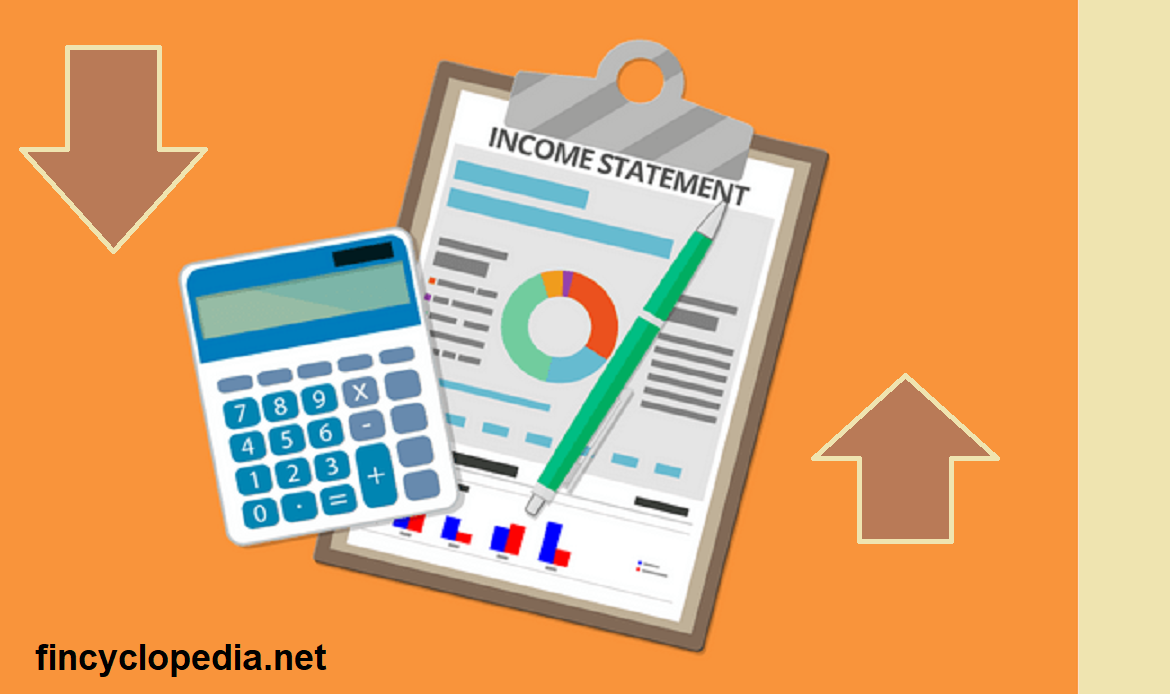The value at risk (VaR), as a special case of spectral risk measures, that accounts for the losses in the tail which exceed the corresponding VaR level (the ordinary VaR). The average VaR satisfies all the assumptions of coherent risk measures. It always takes the diversification effect into consideration (due to the fact that it is convex for all possible portfolios).
Average value at risk is a fine-tuned value at risk (VaR). The ordinary VaR reflects the worst remaining outcome after disregarding the tail of the distribution (i.e.,, the unlikely results toward the end of all possible outcomes). On the opposite, average VaR represents the weighted-average of all possible outcomes within the tail. The average VaR is the average outcome of an investment or portfolio, on the assumption that the outcome belongs to a specific part of the distribution.
For example, a 4% average VaR is the average value of a portfolio, given that the outcome lies in the bottom 4% of all possible results. If the bottom 4% of daily stock price change out of the last 30 days were -8%, -6%, -4%, -1%, and 0%, the average VaR will be calculated as the average of these price movements (-19%/5 = -3.8% ).
The average value at risk is also referred to as conditional value at risk (conditional VaR), expected shortfall, or expected tail loss.




